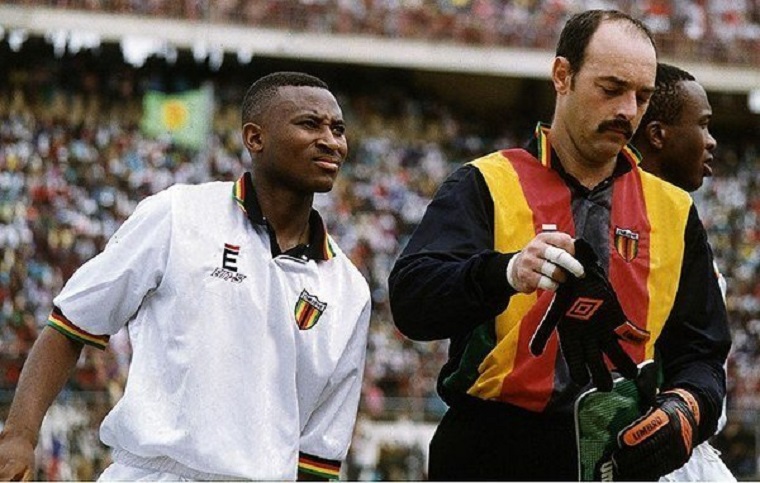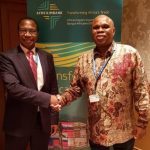The last census in 2012, put the number of white Zimbabweans at 28 000. This community has been very active and is still, to a limited extent, influential, in sectors such as agriculture, mining and manufacturing.
Whites have also traditionally been active in sports such as cricket, rugby and swimming.
ZANU-PF’s fractured relationship with the white community dates back to Robert Mugabe’s rule. He presided over the breakdown in relations when he began implementing a violent land reform programme which ended up benefiting ZANU-PF members and chiefs.
But relations hadn’t always been bad between the party and white Zimbabweans. At the advent of independence, Mugabe famously pleaded with the white community: “Stay with us, please remain in this country and constitute a nation based on national unity.”
And in 1980 Mugabe retained white Zimbabweans such as Ken Flower. Flower had been in charge of Rhodesian Prime Minister Ian Smith’s intelligence services which had been accused of masterminding the assassination of some of Zimbabwe’s leading nationalists such as Herbert Chitepo and Jason Ziyapapa Moyo.
Mugabe also appointed white ministers such as Dennis Norman (agriculture) and advocate Chris Andersen (mines) to his first cabinet.
But this rosy relationship turned sour in 1999 when the white community rejected a draft national constitution that included a clause on redistributing the country’s most fertile land – the bulk of which was in the hands of around 4 000 White farmers – without compensation.
This set the scene for violent land seizures. This, in turn, resulted in sanctions being imposed on Zimbabwe by a number of Western nations. These only served to harden Mugabe’s resolve towards the white farmers.
In a presidential election rally in 2002, he thundered: “Our party must continue to strike fear in the heart of the white man, our real enemy.”
In the intervening years Zimbabwe’s political and economic landscapes have continued to deteriorate as the country became a pariah state and a basket case. This was largely because of the punishing ramifications of the sanctions and the corruption and ineptitude of the Mugabe regime.
Zimbabwe’s economic crisis reached its peak in 2008 when hyperinflation reached a stupendous 231 million percent, officially, even though leading inflation experts such as Steve Hanke estimate that the country’s inflation rate far exceeded the official figure.
For his part, Mnangagwa has always cultivated good relations with white Zimbabweans. This goes back to the 1980s when he had cordial working relationships with people like Flower who were in intelligence.
In later years, Mnangagwa has been linked to a number of white business people in some of his business ventures.
In mending the relations with the white community by roping in Coventry and Grobbelaar, Mnangagwa might just have pulled off a masterstroke. He must be hoping it will eventually help extricate Zimbabwe from its economic quagmire.
By Tapiwa Chagonda for The Conversation
(1297 VIEWS)


